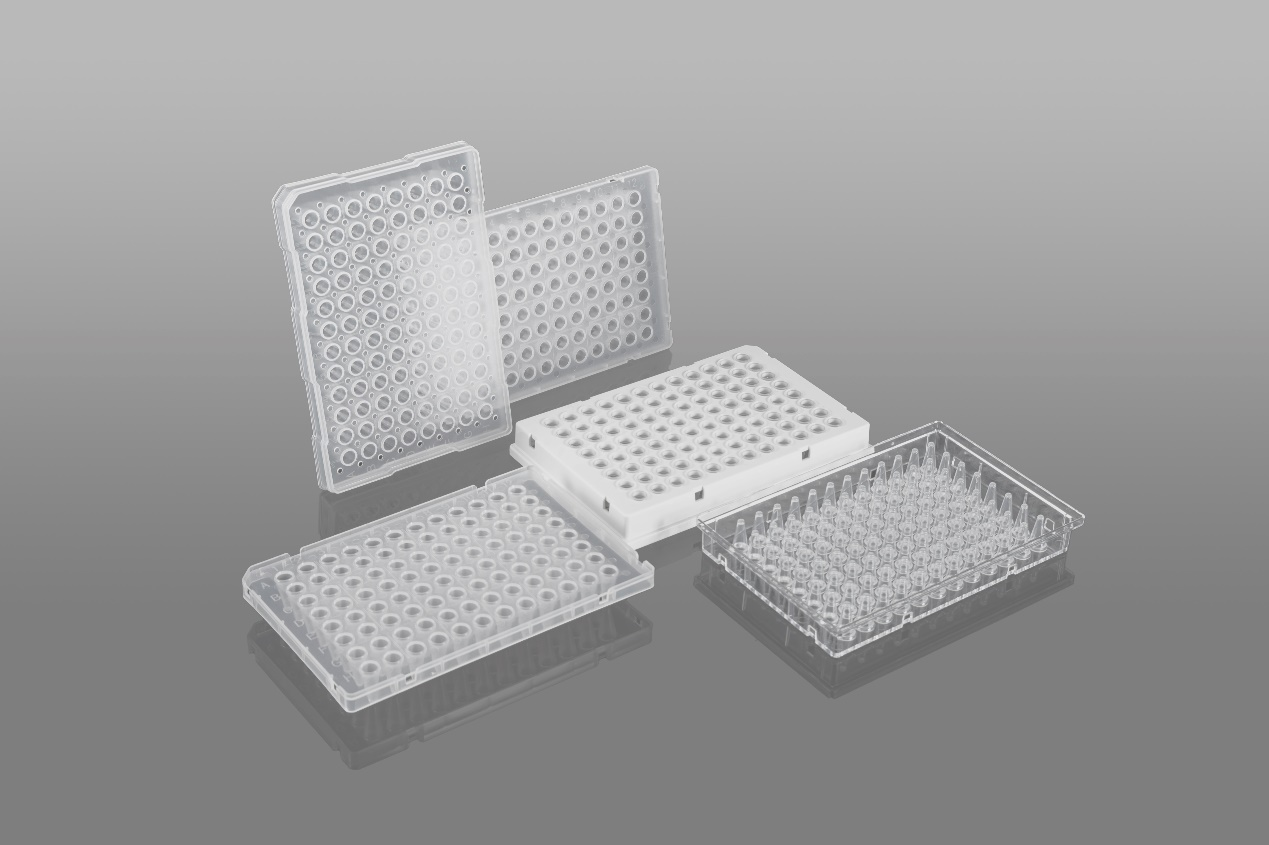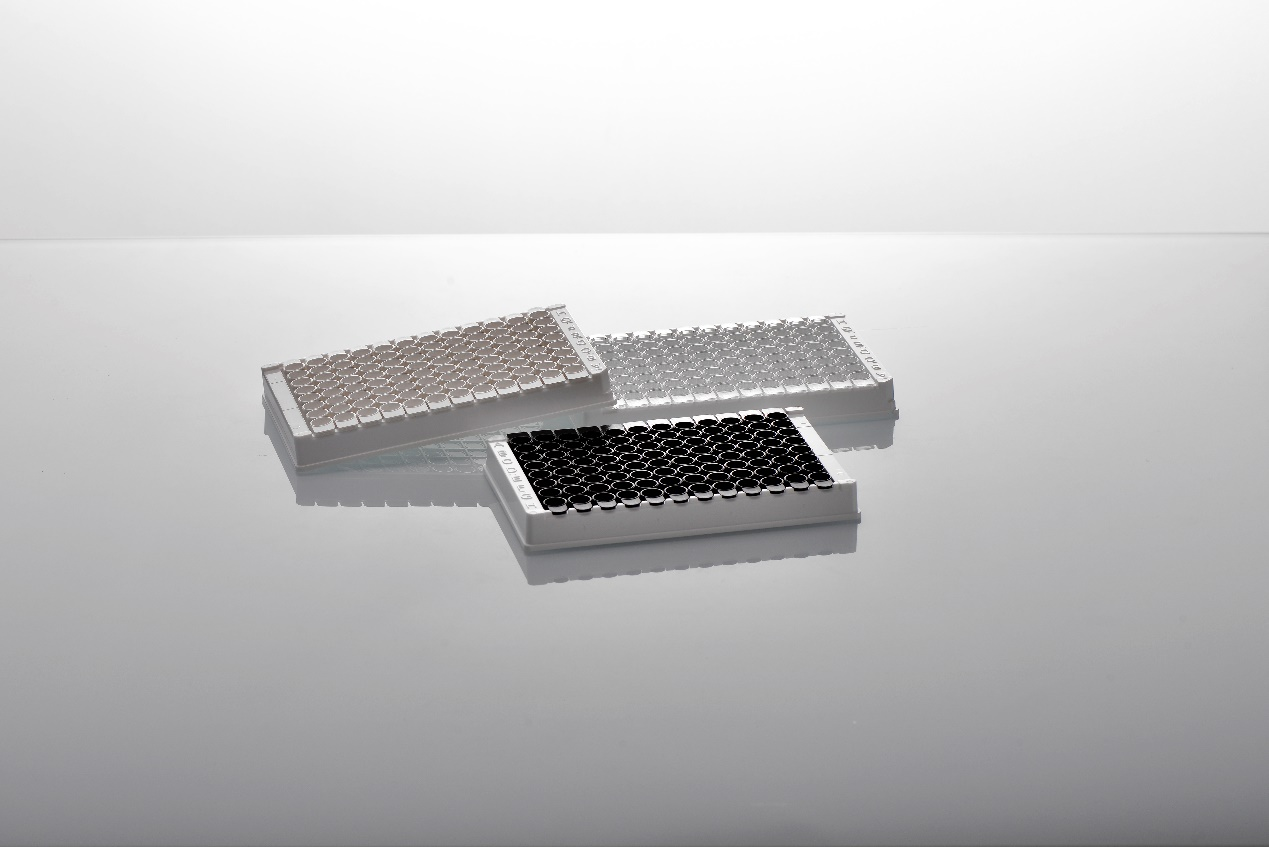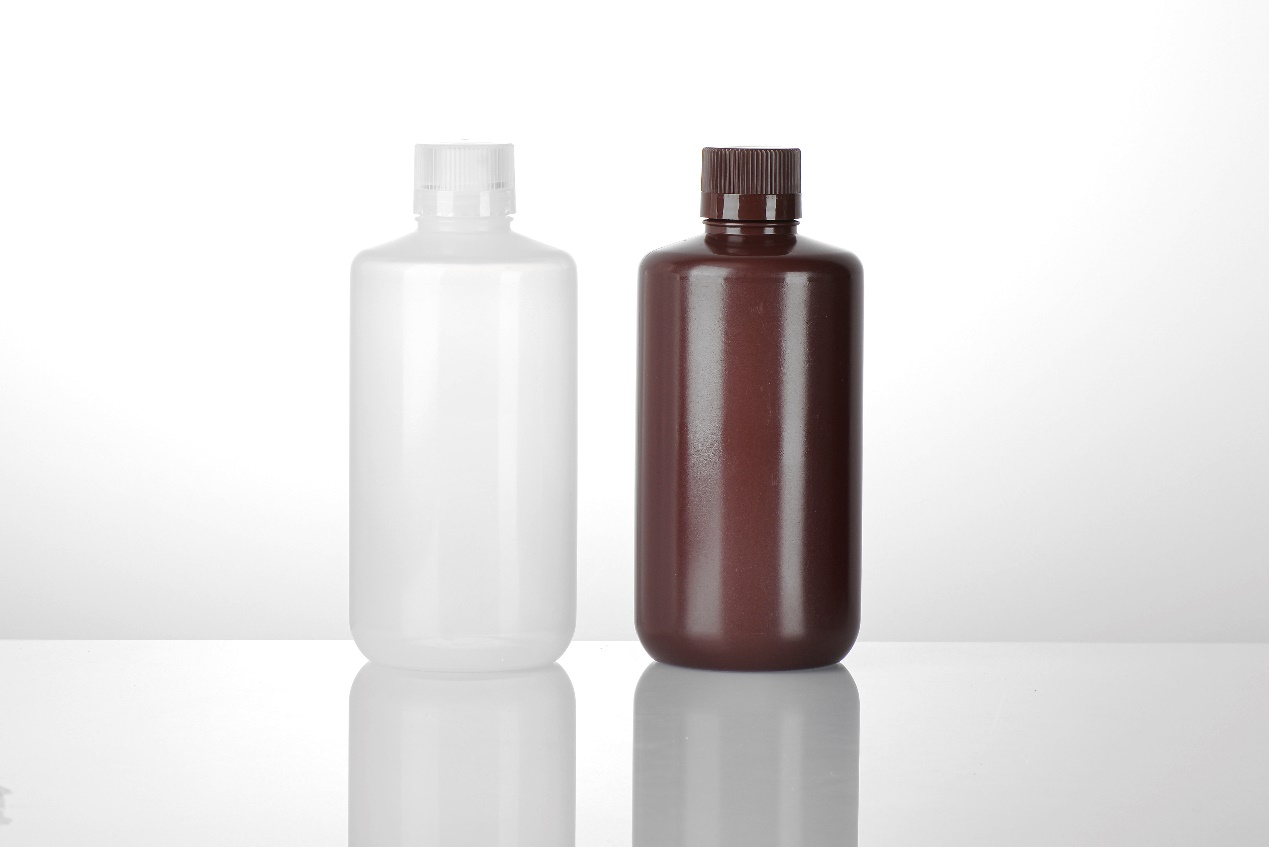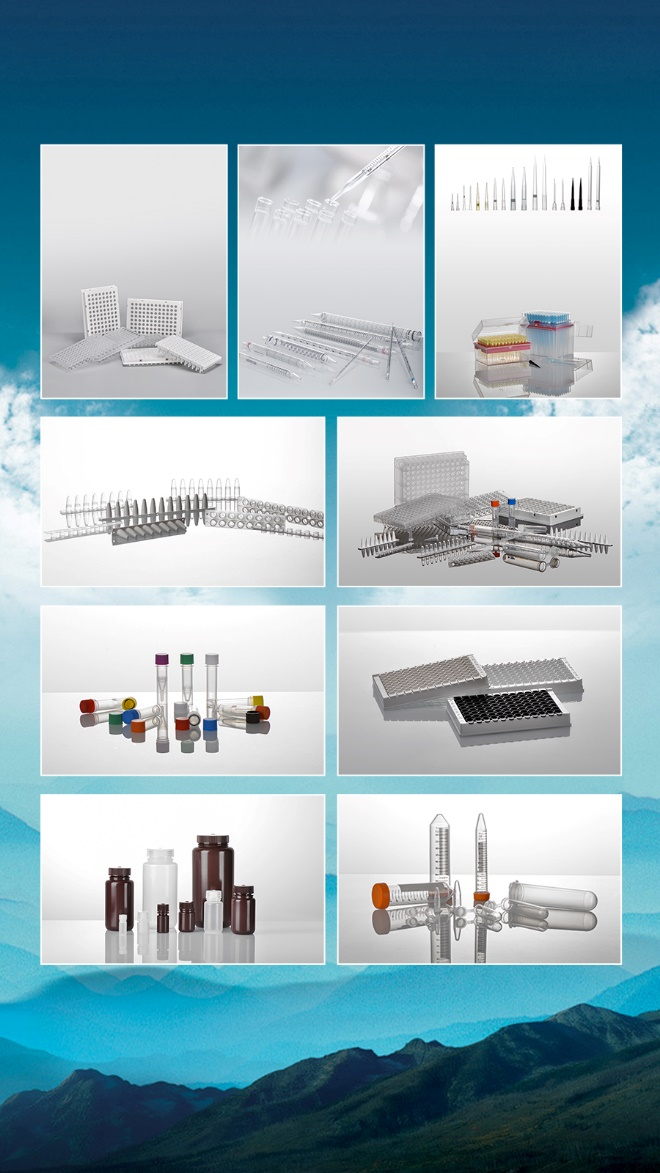Laboratory consumables come in a wide variety of types, and no single material can meet all experimental requirements. So, do you know what materials are commonly used in plastic consumables? And what are the differences in their physical and chemical properties? Now we are going to answer these questions one by one below.
PP (Polypropylene)
Polypropylene, abbreviated as PP, is a polymer formed through the addition polymerization of propylene. It is usually a translucent, colorless solid, odorless, and non-toxic. It has good temperature stability and can undergo sterilization at high temperatures and pressures of 121°C. However, it becomes brittle at low temperatures (below 4°C) and is prone to cracking or breaking when dropped from a height.
Polypropylene (PP) exhibits excellent mechanical properties and chemical resistance. It can withstand corrosion from acids, bases, salt solutions, and various organic solvents at temperatures below 80°C. Compared to polyethylene (PE), PP offers better stiffness, strength, and heat resistance. Therefore, when consumables require light transmission or easy observation, as well as higher compressive strength or temperature resistance, PP materials can be selected.
Consumables such as centrifuge tubes, PCR tubes, PCR 96-well plates, reagent bottles, storage tubes, and pipette tips are all made of polypropylene as the raw material.
PS (Polystyrene)
Polystyrene (PS), synthesized through radical polymerization of styrene monomers, is a colorless and transparent thermoplastic with a light transmittance of up to 90%. PS exhibits excellent rigidity, non-toxicity, and dimensional stability, and has good chemical resistance to aqueous solutions but poor resistance to solvents. PS products are relatively brittle at room temperature and prone to cracking or breaking when dropped. The maximum operating temperature should not exceed 80°C, and it cannot undergo sterilization at high temperatures and pressures of 121°C. Instead, electron beam sterilization or chemical sterilization can be selected.
Enzyme-labeled plates, cell culture consumables, and serum pipettes are all made of polystyrene (PS) as their raw material.
PE (Polyethylene)
Polyethylene, abbreviated as PE, is a thermoplastic resin obtained through the polymerization of ethylene monomers. It is odorless, non-toxic, and has a waxy feel. PE exhibits excellent low-temperature resistance (with a minimum usable temperature ranging from -100 to -70°C). It becomes soft at high temperatures and is opaque.
Like other polyolefin, polyethylene is a chemically inert material with good chemical stability. Due to the carbon-carbon single bonds within the polymer molecules, it can resist the erosion of most acids and bases (except for acids with oxidizing properties) and does not react with acetone, acetic acid, hydrochloric acid, etc. However, prolonged contact with strong oxidants can cause it to oxidize and become brittle.
Reagent bottles, pipettes, wash bottles, and other consumables are typically made of polyethylene (PE) material.
PC (Polycarbonate)
Polycarbonate, also known as PC plastic, is a polymer with carbonate groups in its molecular chain. It exhibits good toughness and rigidity, making it resistant to breaking. Additionally, it possesses heat resistance and radiation resistance, meeting the requirements for high-temperature, high-pressure sterilization and high-energy radiation treatment in the biomedical field.
Polycarbonate is resistant to weak acids, weak bases, and neutral oils. However, it is not resistant to ultraviolet light and strong bases.
Freezing boxes, some magnetic stirrer bars sleeves, and Erlenmeyer flasks are made of polycarbonate (PC) material.
The above describes several common materials used for laboratory consumables. In general, these materials can be selected without special requirements. If the experiment has specific requirements, one can consider choosing materials that meet the requirements or modifying the existing materials to achieve the desired properties.
Post time: Dec-26-2024





